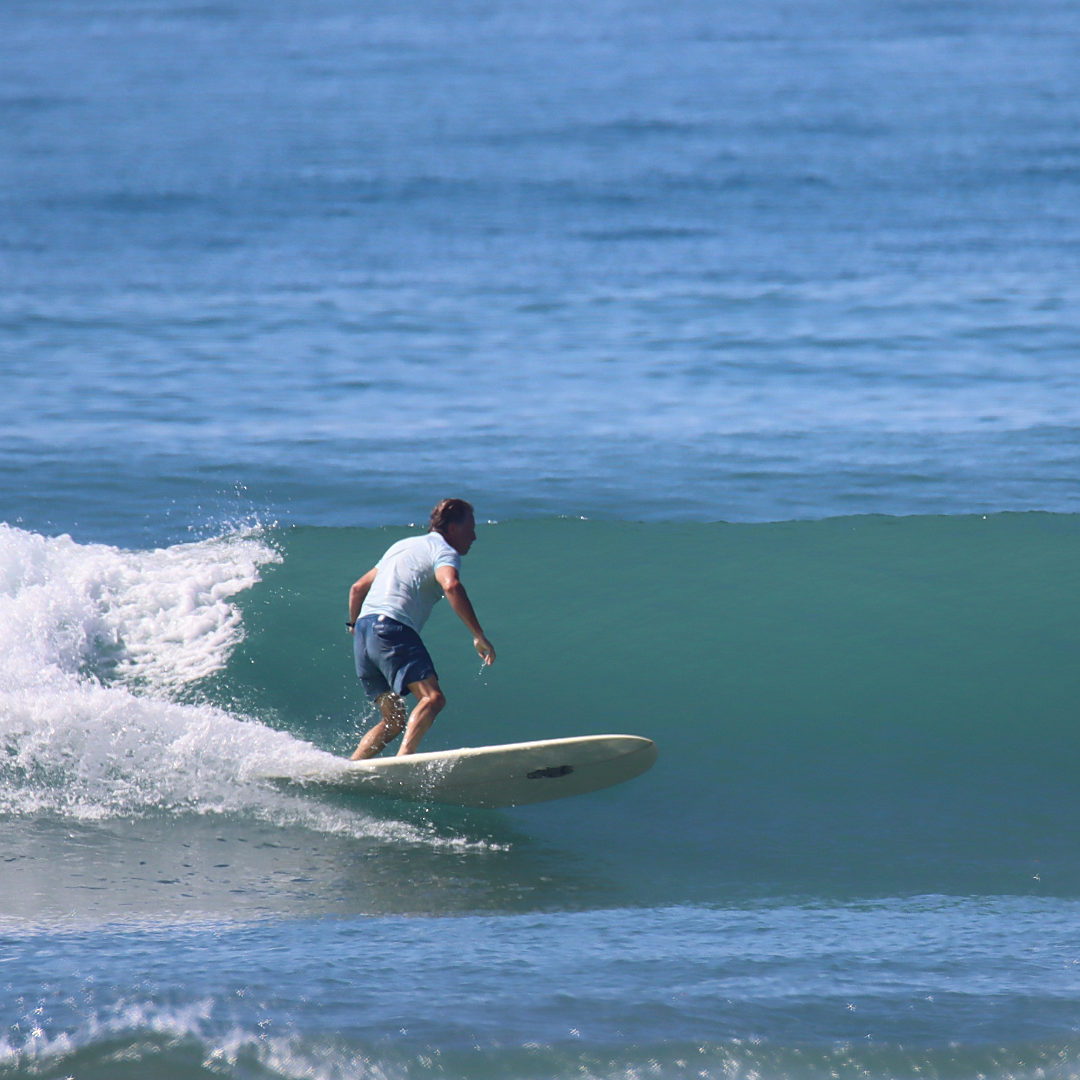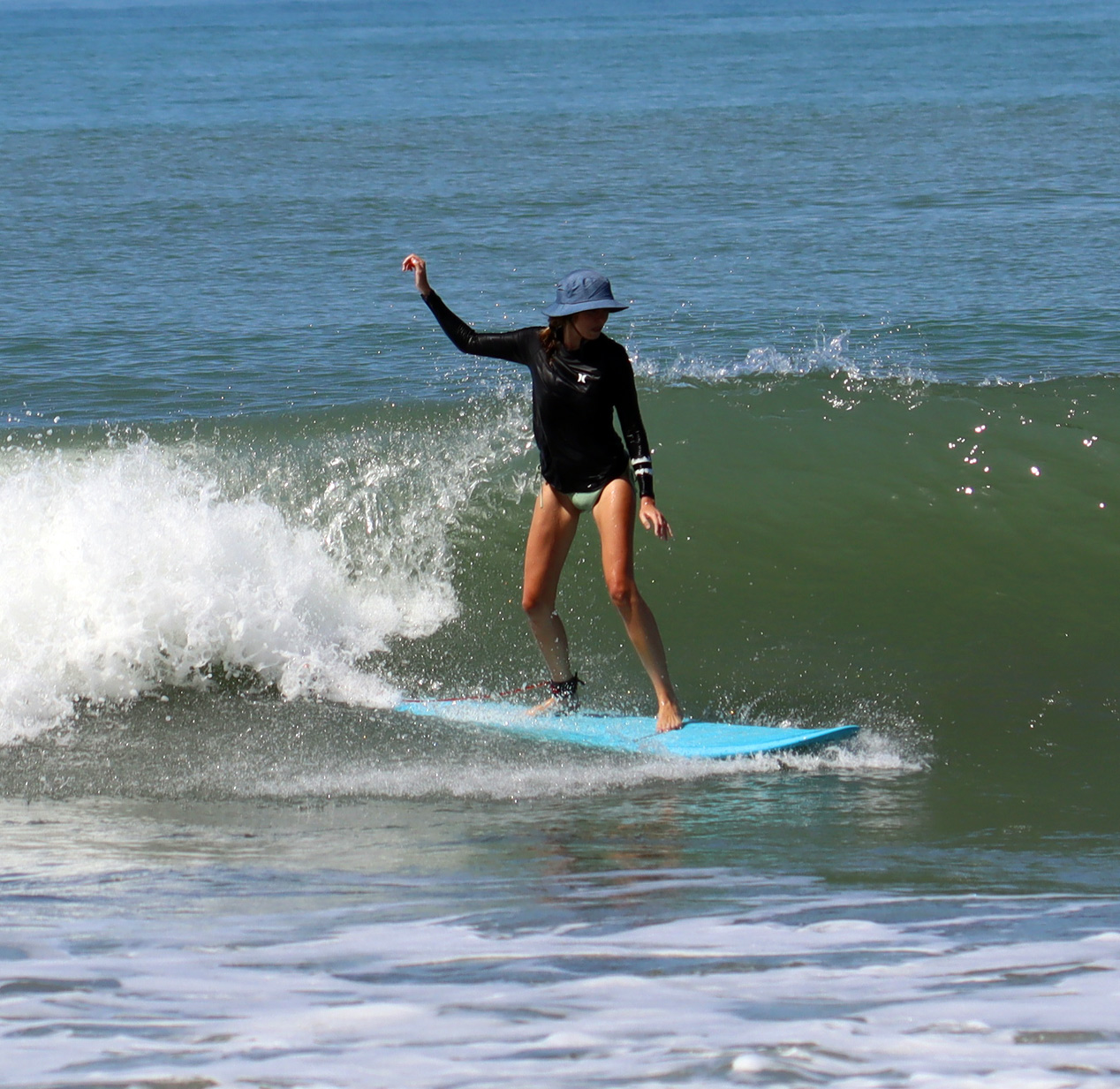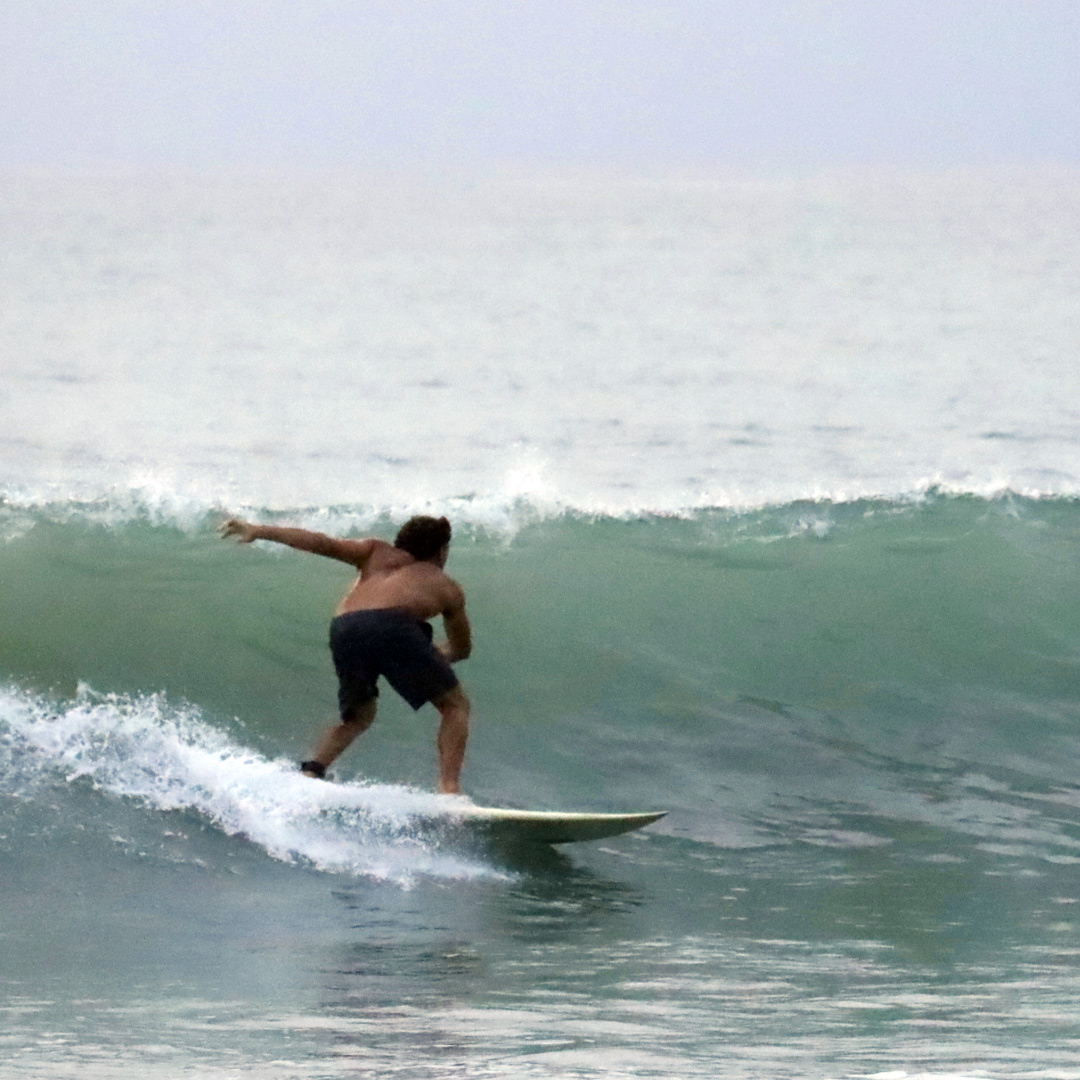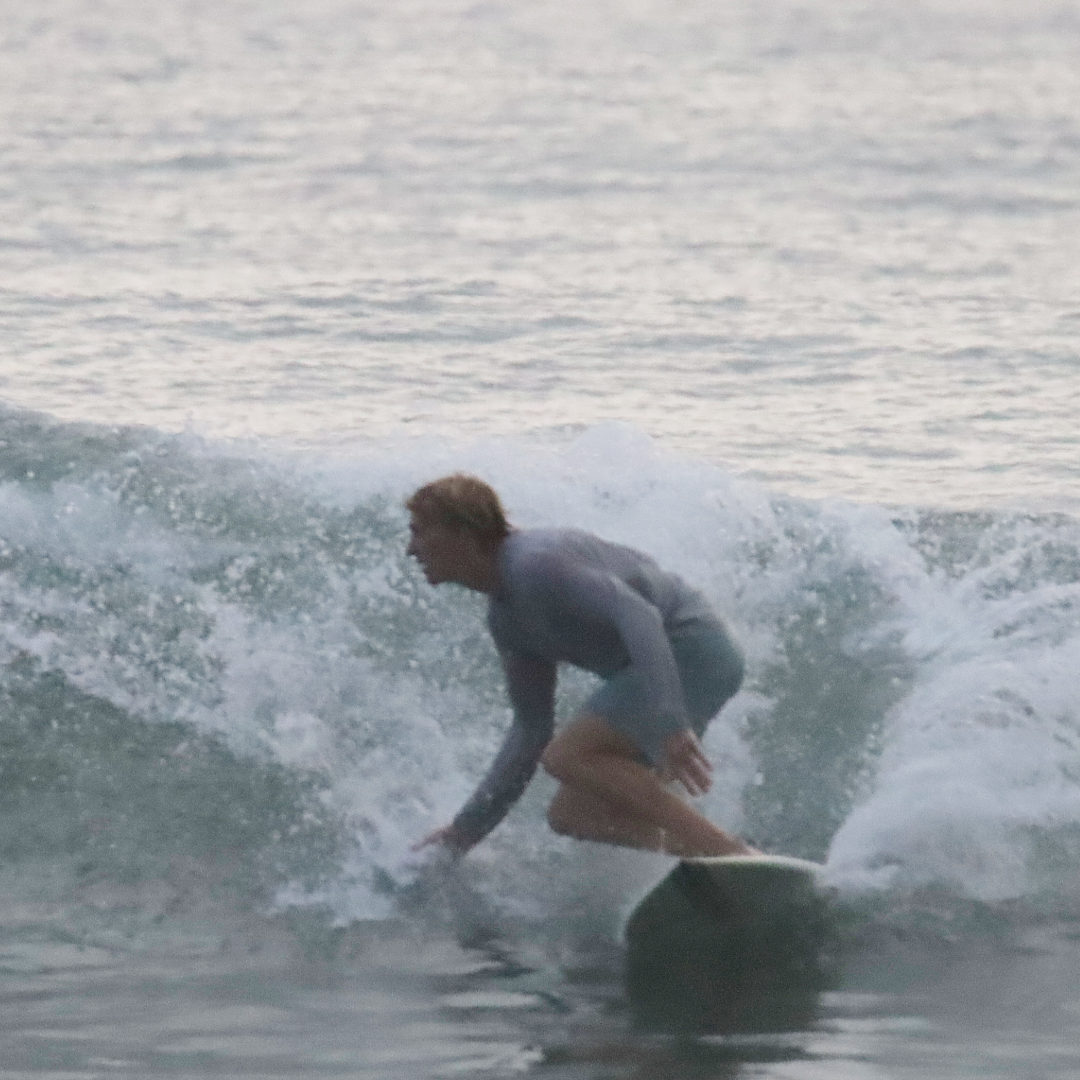
unlock why Size Matters- Long or Shortboards
Surfing, with its endless dance between water and board, offers a variety of styles and approaches. Among the most prominent are longboarding and shortboarding, each possessing its unique characteristics and attracting surfers with different preferences and skill sets. In this exploration, we delve into the differences between longboarding and shortboarding, shedding light on the distinctive experiences each style offers.
1. Board Length:
The most apparent difference lies in the length of the surfboard. Longboards typically range from 9 to 12 feet, offering stability and ease of paddling. Shortboards, on the other hand, are generally between 5 to 7 feet, promoting agility and responsiveness in the water. The choice between longboarding and shortboarding often boils down to the desired feel on the waves.
2. Wave Riding Style:
Longboards are renowned for their ability to catch small, slow-moving waves with grace. They excel in providing a smooth, leisurely ride, allowing surfers to perform classic maneuvers such as noseriding and cross-stepping. Shortboards, designed for more dynamic wave conditions, cater to surfers who prefer quick turns, aerial tricks, and navigating through faster, steeper waves.
3. Paddling and Entry:
Longboards have a distinct advantage when it comes to paddling. The added length and buoyancy make it easier for surfers to paddle into waves, especially in crowded lineups. Shortboards require more precision in wave selection and a quicker response to catch the faster, more powerful waves.
4. Maneuverability:
Shortboards shine in terms of maneuverability, allowing surfers to perform sharp turns, cutbacks, and aerial maneuvers with greater ease. Their smaller size and lighter weight make them highly responsive to the surfer’s movements, making them ideal for those seeking a more dynamic and challenging surfing experience.
5. Skill Level and Learning Curve:
Longboarding is often considered more beginner-friendly due to its stability and forgiveness. Novice surfers can find it easier to catch waves, stand up, and maintain balance on a longboard. Shortboarding, with its higher performance demands, is typically embraced by more experienced surfers who have mastered the basics and are eager to push their skills to new heights.
6. Wave Variety:
Longboards thrive in small to medium-sized waves, making them an excellent choice for surfers seeking a mellow, cruise-oriented experience. Shortboards, designed for more critical wave conditions, open up opportunities for surfers to tackle larger waves and perform advanced maneuvers in challenging surf.
7. Surfing Culture and Aesthetics:
Longboarding often embodies a laid-back and soulful approach to surfing. Its connection to the roots of the sport, along with its emphasis on style and elegance, has contributed to a unique subculture within the surfing community. Shortboarding, with its association with high-performance surfing and aerial tricks, has a more dynamic and progressive culture.
Whether you’re drawn to the classic and timeless appeal of longboarding or the high-energy, progressive nature of shortboarding, surfing offers a diverse range of experiences to cater to individual preferences. Each style has its own charm, and many surfers eventually find joy in exploring both, discovering the nuances that make each wave-riding approach special. Ultimately, whether you opt for the smooth and relaxed glide of a longboard or the rapid, adrenaline-pumping turns of a shortboard, the ocean awaits with its endless canvas of waves for you to explore.



